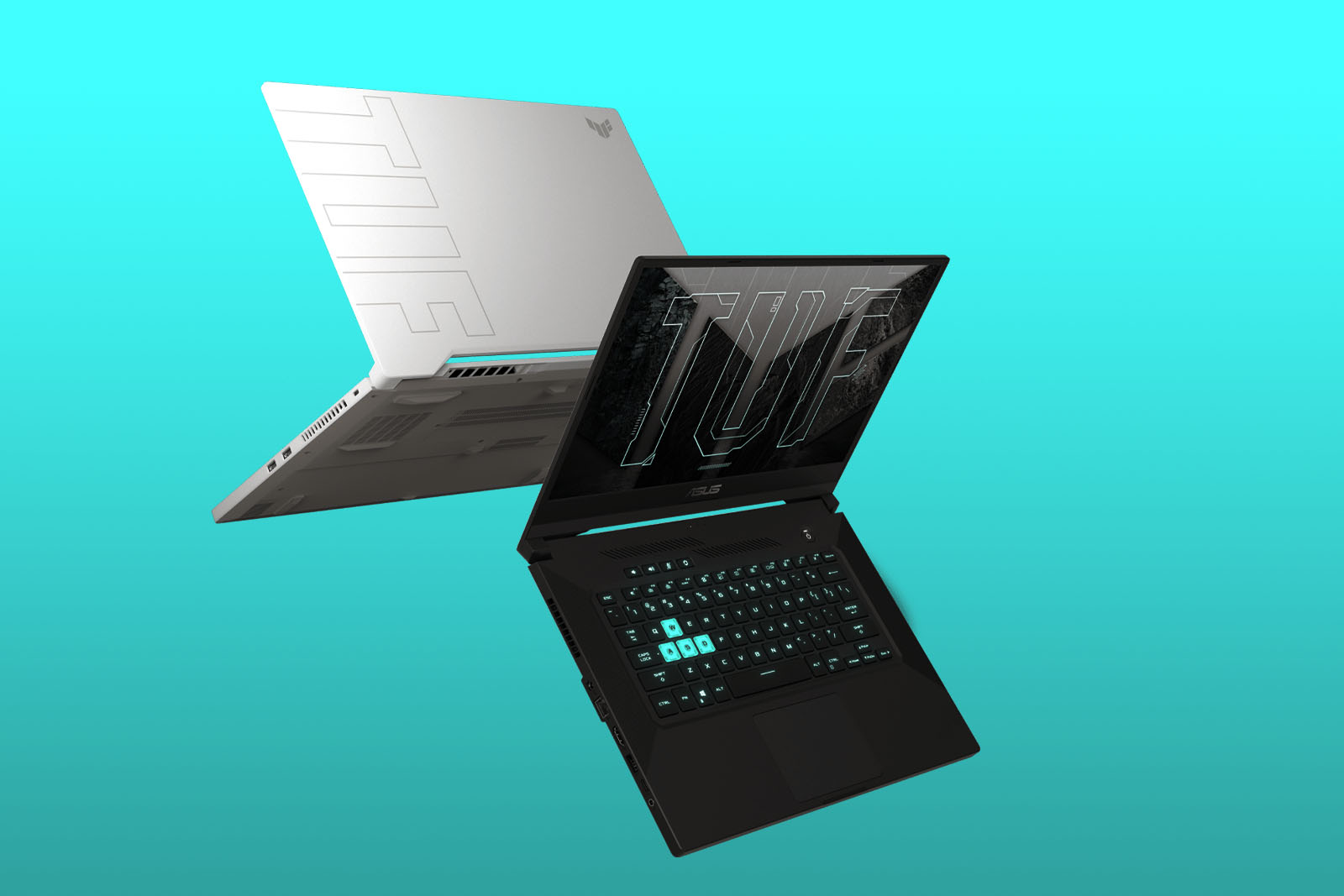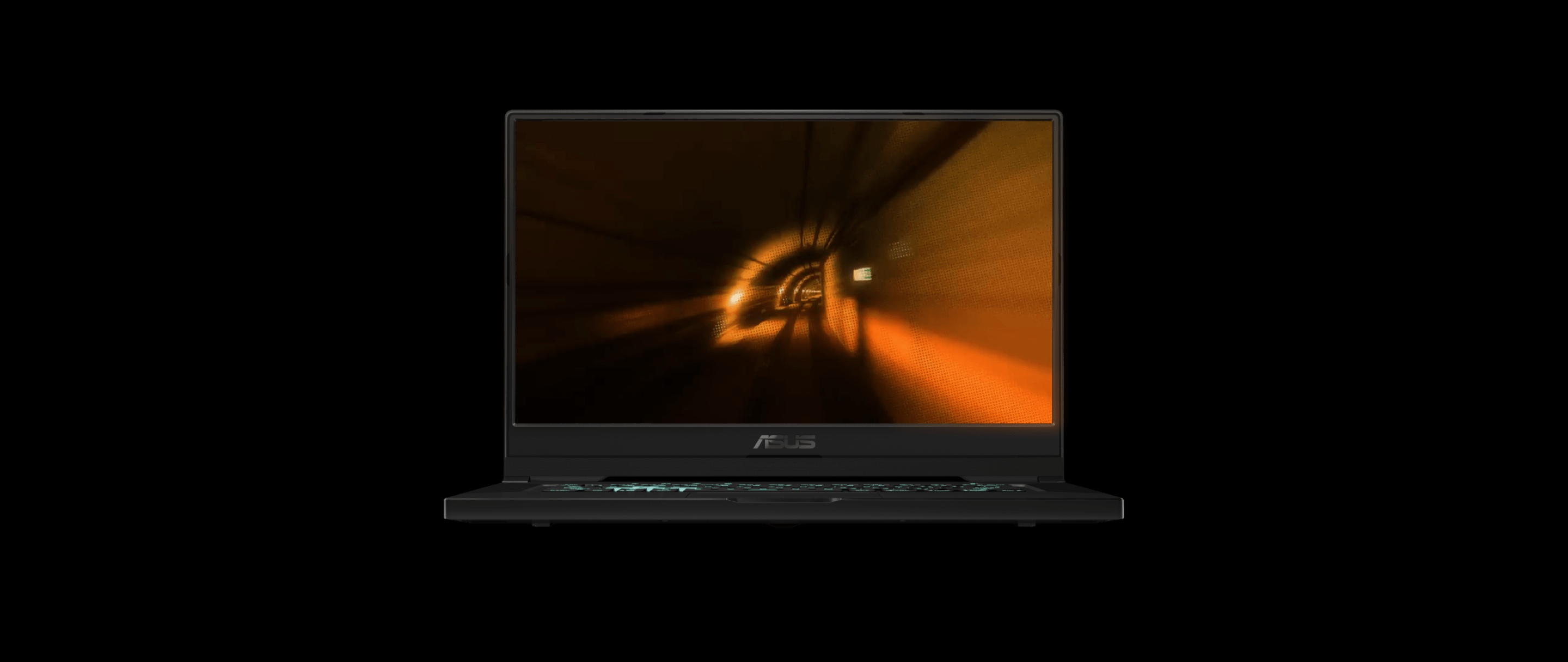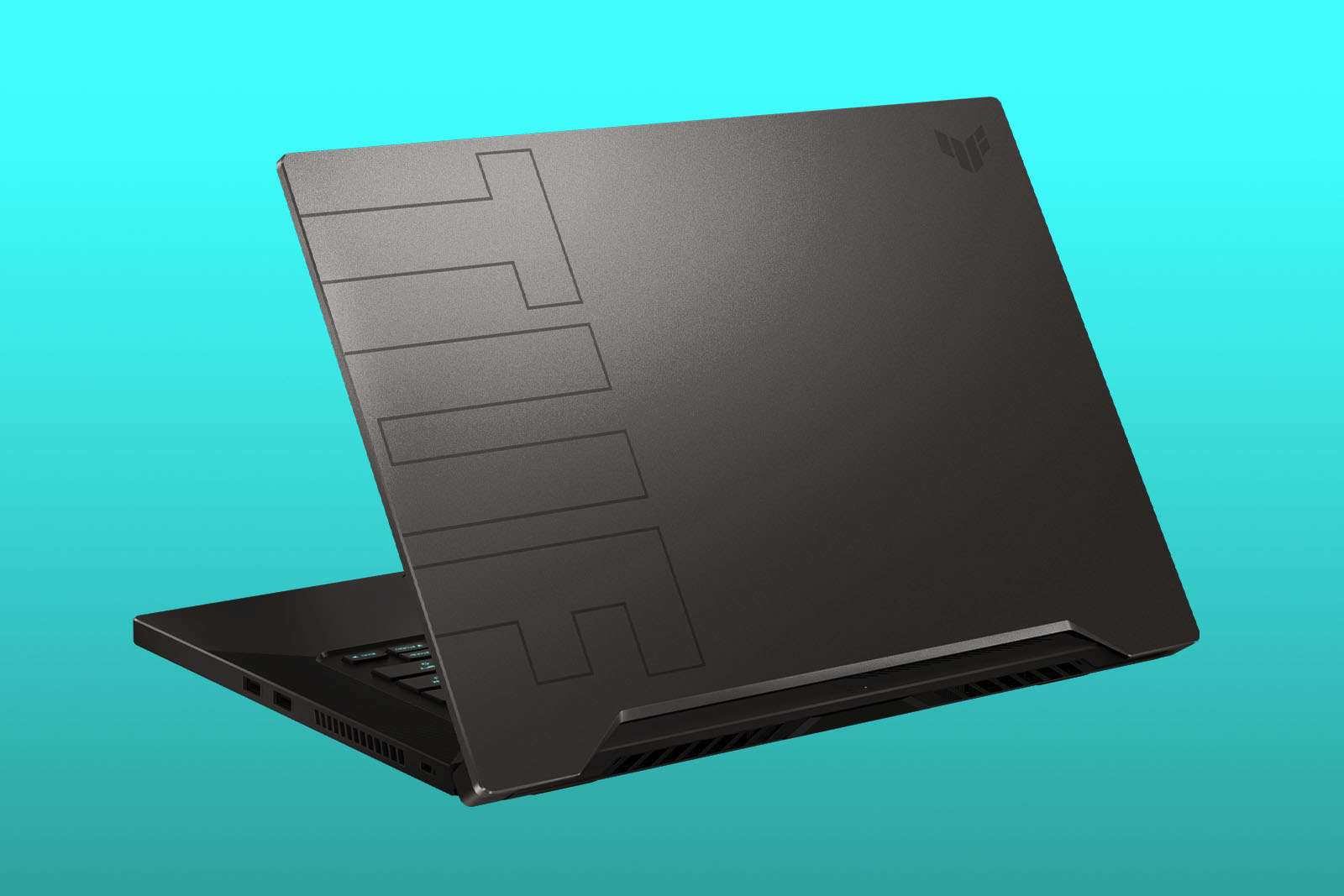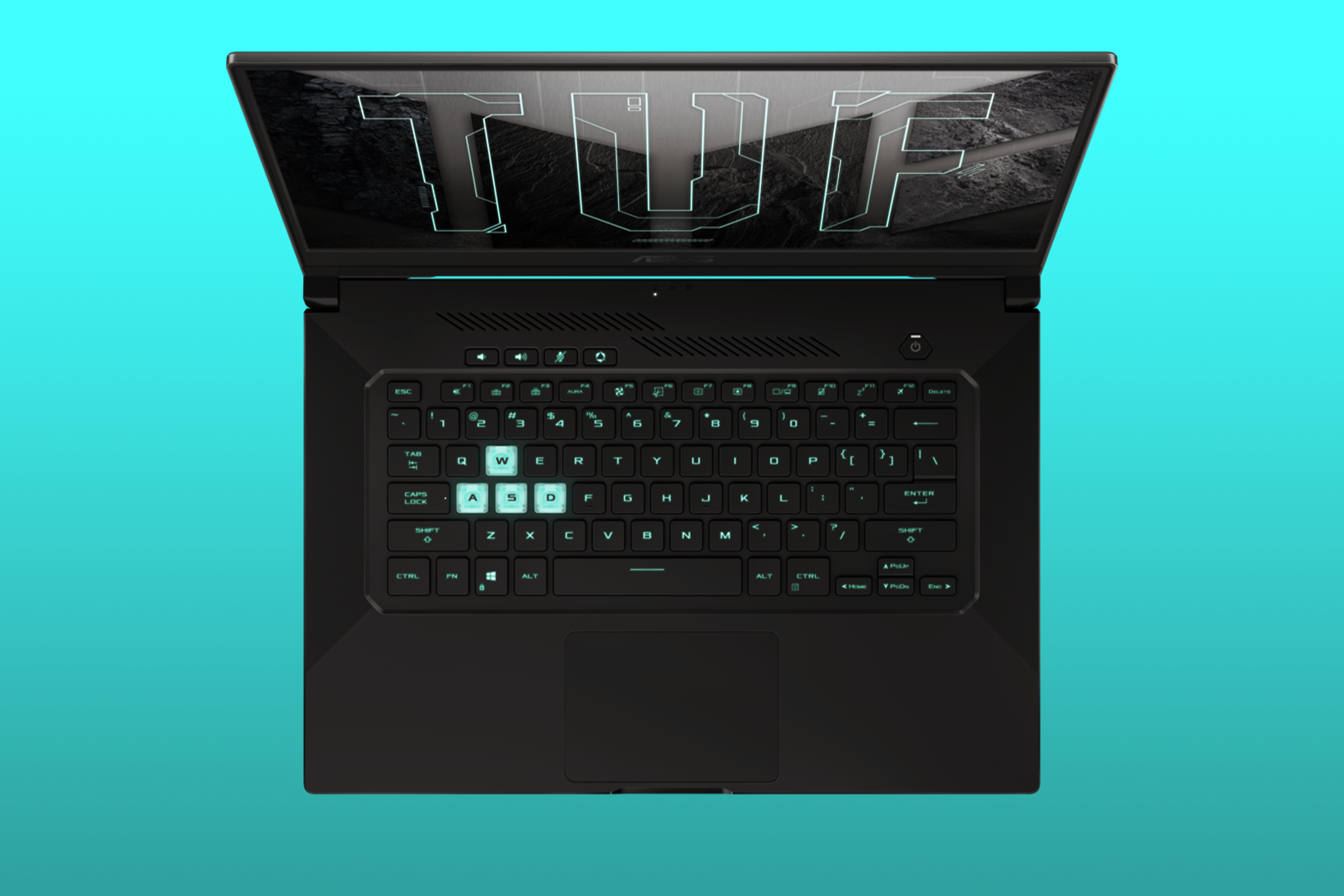Optus Mobile Review ALDI Mobile Review Amaysim Mobile Review Belong Mobile Review Circles.Life Review Vodafone Mobile Review Woolworths Mobile Review Felix Mobile Review Best iPhone Plans Best Family Mobile Plans Best Budget Smartphones Best Prepaid Plans Best SIM-Only Plans Best Plans For Kids And Teens Best Cheap Mobile Plans Telstra vs Optus Mobile Optus NBN Review Belong NBN Review Vodafone NBN Review Superloop NBN Review Aussie BB NBN Review iiNet NBN Review MyRepublic NBN Review TPG NBN Review Best NBN Satellite Plans Best NBN Alternatives Best NBN Providers Best Home Wireless Plans What is a Good NBN Speed? Test NBN Speed How to speed up your internet Optus vs Telstra Broadband ExpressVPN Review CyberGhost VPN Review NordVPN Review PureVPN Review Norton Secure VPN Review IPVanish VPN Review Windscribe VPN Review Hotspot Shield VPN Review Best cheap VPN services Best VPN for streaming Best VPNs for gaming What is a VPN? VPNs for ad-blocking We’ve spent the last few weeks testing the Asus TUF Dash F15 to see how it fares in comparison to those two Asus gaming laptops and whether it’s worthy of consideration for the best gaming laptops. The reality is that while it isn’t as impressive as those other two Asus gaming laptops, there’s still a lot to like about it, particularly if viewed as a versatile mobile multimedia PC. The 240Hz screen screams that this is intended as a competitive gaming device, and despite comboing an 11th gen Intel CPU with an Nvidia GeForce RTX 3070, the benchmark results won’t blow you away. Still, when taken in the context of the price tag, the fact it can comfortably keep up with modern games while also offering solid battery life and non-gaming tasks means it may appeal more to those seeking a multimedia laptop with a side of gaming. This toughness adds to the practicality of the F15, which sits closed at a whisker under two centimetres thick. Mercifully, the F15 sports an easy-to-open lid, which can be flipped one-handed without feeling like it’ll snap off. The keyboard is a seamless transition from a desktop ’board and the 1.7mm travel distance makes for responsive keystrokes. Keys are illuminated for night-time sessions, and the WSAD keys are translucent to really sell the idea that this is intended as a gaming laptop. There’s also a generously sized touchpad, but it’s not as accurate as others and the two buttons can be finnicky. It’s not like you’ll be using the touchpad for gaming, so be sure to disable it with Fn+F10 to avoid registering unavoidable brushes when you are playing. There are three USB 3.2 ports and one Thunderbolt 4 port. Considering most peripherals, including webcams, are reliant on traditional USB ports, connecting a webcam and, essential for most gaming, an external USB mouse has you down to one port. If you use a wired USB headset, or a wireless one that requires a USB dongle, you’re all out of ports. Considering you might want to also connect a USB mechanical keyboard to glean more of a competitive edge, the F15 feels one or two USB ports shy of where it should be. On the positive front, there’s an Ethernet port for wired reliability and an HDMI 2.0 port, but both of these have disclaimers, too. The HDMI port lets you connect to an additional monitor to extend or duplicate your display but, in gaming terms, it feels odd to connect to an external gaming screen when you already have a great 240Hz monitor, plus this mobile version of the Nvidia GeForce RTX 3070 graphics card isn’t great for beyond-1080p gaming (if you were thinking about a 1440p or 4K screen option). Additionally, the HDMI port’s placement alongside the Ethernet port is partially problematic as you have a choice of either running the power cable above or below an Ethernet and/or HDMI cable, or running it around the back and sitting it in front of the side vents. Speaking of vents, there’s an identical one on the right of the F15, so whether you’re lefthanded or righthanded, you’ll want to use a mouse far enough away from the vents to not feel the heat. You can boost for frame-rate gains of up to 10%, but some of the games I tested had identical or worse performance, while others had gains as low as 3%. That’s obviously not a bad thing if you’re trying to eke every last frame out of the F15, but it immediately ups the fan noise and, for me, those frame gains weren’t significant enough to warrant the extra noise. Still, hitting that 240fps limit to take full advantage of the screen is a lot trickier, even if games like Forza Horizon 4 and Rainbow Six Siege are more recent games that are primed to push beyond the 144fps minimum competitive-gaming standard. While not as powerful as the full-sized equivalent, the RTX 3070 inside the F15 did hit 139fps for Siege (154 in Turbo mode) which, while competitively viable, is a long way behind the 360fps capabilities of the desktop RTX 3070 on the same ‘high’ settings. The trick to get closer to 240fps is you have to compromise heavily on graphical fidelity to push towards frame rates beyond 200+ or you have to stick with older games. For context, BioShock 2 Remastered hit 180fps with max settings, but that’s still 60fps off maxing out the potential of the F15’s screen refresh rate. Below is a table with 3DMark results, which shows that the F15 is a bit behind the 3DMark average results for this CPU and GPU combo. In terms of the battery, expect to get a few hours of battery life under full load (gaming or otherwise) and an impressive 15 hours and above for basic use. Our looping-video test with default Windows battery optimisation settings resulted in around nine hours of battery life, which again underlines the versatility of the F15. I would have preferred a more powerful 3070 and a 144Hz 1440p display instead of the underpowered 3070 and 240Hz 1080p screen. That would help to justify the HDMI 2.0 port, which really should be replaced with at least one additional USB port for the current F15. Still, it’s a great pricepoint for what amounts to a multitalented laptop that can keep up with the latest games and has enough power to do everything else, too.



